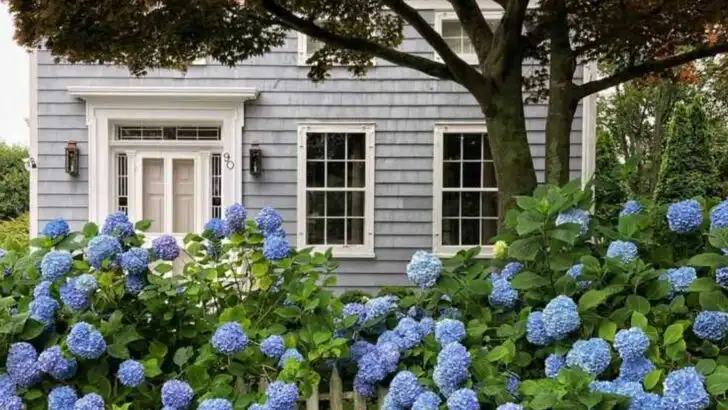Deadheading flowers—removing spent blooms—is a common gardening habit meant to encourage more flowering and keep plants tidy. But did you know that some blooms are actually better left alone? There are certain flowers that, if you don’t deadhead them, will reward you with unexpected benefits that go far beyond beauty.
From attracting beneficial insects to producing edible seeds, self-sowing for next season, or even transforming into stunning decorative seed heads, these plants offer a second act you’ll miss if you’re too quick with the snips. By letting nature take its course, you can enjoy a longer season of interest, color, and function—with less effort on your part.
In this article, we’ll highlight 12 flower varieties that shouldn’t be deadheaded, along with the unique advantages they offer when allowed to mature naturally. If you want a garden that’s not only beautiful but also wild, wise, and self-renewing, these are the blooms worth letting be.
Hydrangeas
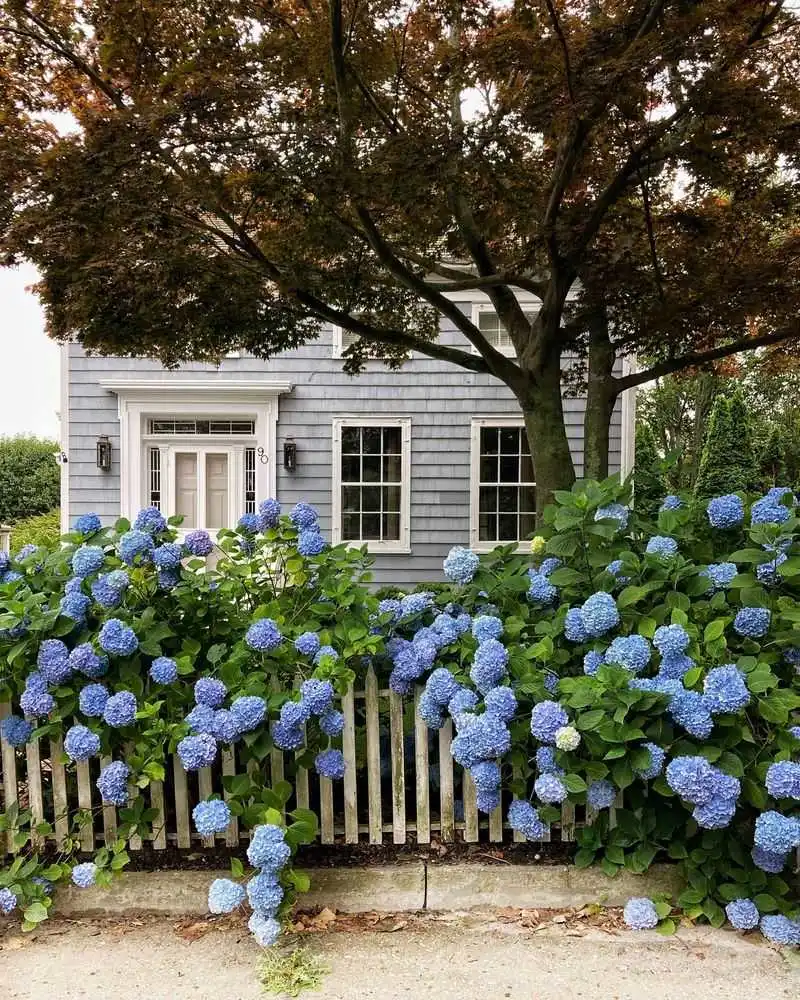
Hydrangeas are renowned for their changing colors and the beauty they bring to gardens. By avoiding deadheading, you allow the flowers to transition naturally, offering a rustic elegance in their faded blooms. These flowers often dry on the stem, adding texture and interest through the colder months.
The dried blooms can also be used in indoor arrangements, giving them a second life inside your home. Moreover, the winter interest provided by these flowers can be a visual delight, especially when complemented by a light dusting of snow. Truly, hydrangeas are a gardener’s delight year-round.
Coneflowers
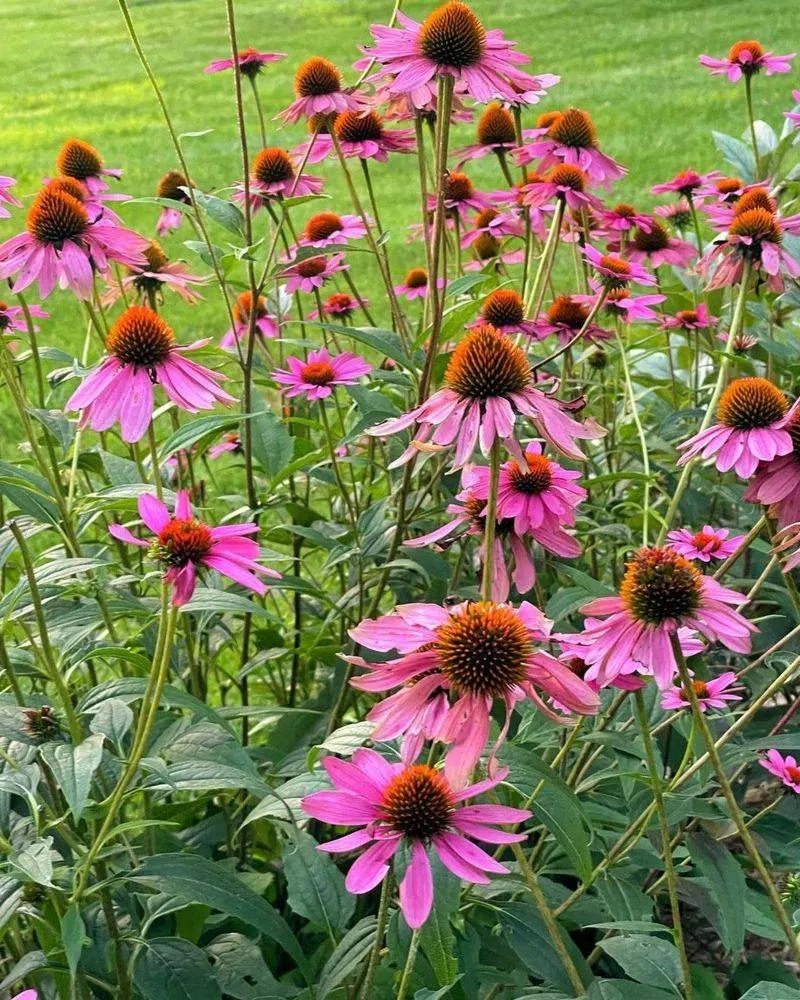
Coneflowers, with their iconic spiky centers and daisy-like petals, bring vibrancy to any garden. If left unpruned, these flowers develop seed heads that attract birds, particularly finches, providing a natural food source.
This interaction not only encourages biodiversity but also enlivens your garden with the cheerful chirps of visiting birds. Additionally, the seed heads add an architectural element to your winter garden, standing firm against the frost. Embrace the full life cycle of coneflowers to discover a garden alive with activity and natural beauty all year long.
Sedums
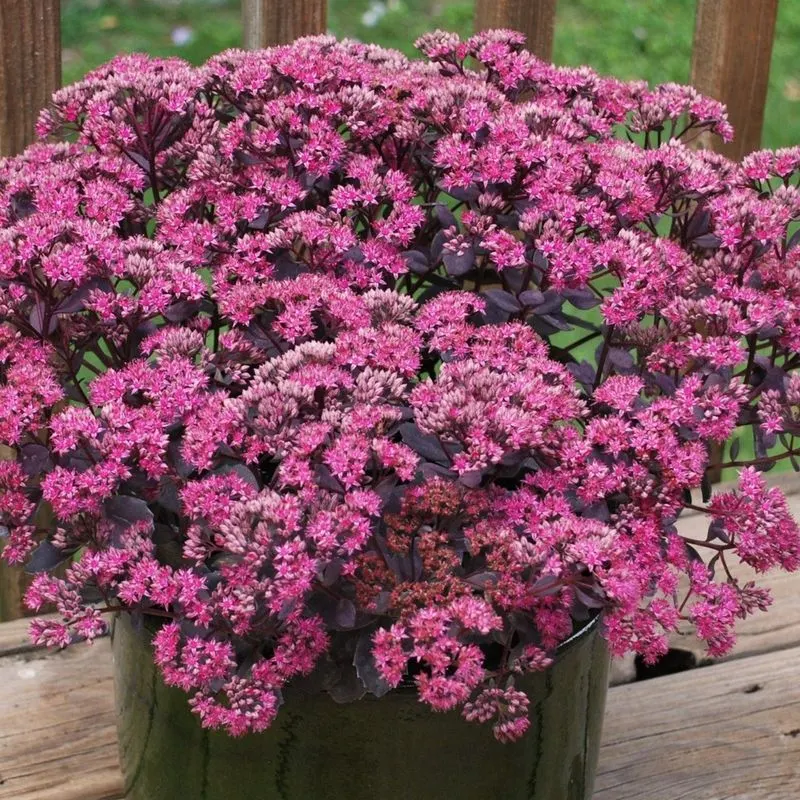
Sedums are the resilient warriors of the plant world, thriving in conditions where others might falter. By resisting the urge to deadhead, you allow their flowers to turn into lovely seed clusters, offering food for birds and critters.
Their succulent leaves retain vibrant hues, adding color through winter. These flowers, often called ‘stonecrop’, develop into a tapestry of pink and red that lasts well into the colder months. Sedums are a testament to nature’s ability to endure and beautify, proving that sometimes, less intervention results in more remarkable beauty.
Clematis
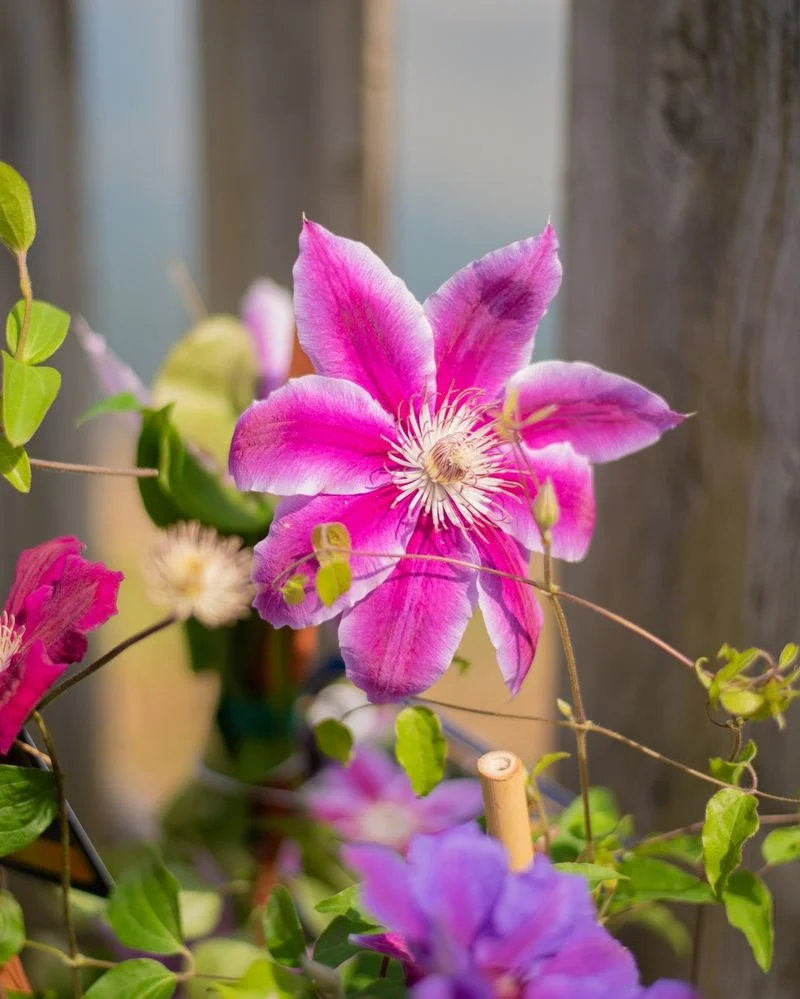
Clematis is celebrated for its climbing prowess and stunning, varied blooms. When left uncut, these flowers mature into fluffy seed heads, reminiscent of old man’s beard, adding whimsical charm to their surroundings.
These seed heads not only catch the eye but also provide nesting materials for birds in spring. Thus, clematis offers dual seasonal interest—vibrant blooms in summer and enchanting seed heads in fall and winter. Their ability to transform with the seasons makes them a dynamic addition to any garden, rewarding patience with layered beauty.
Lavender
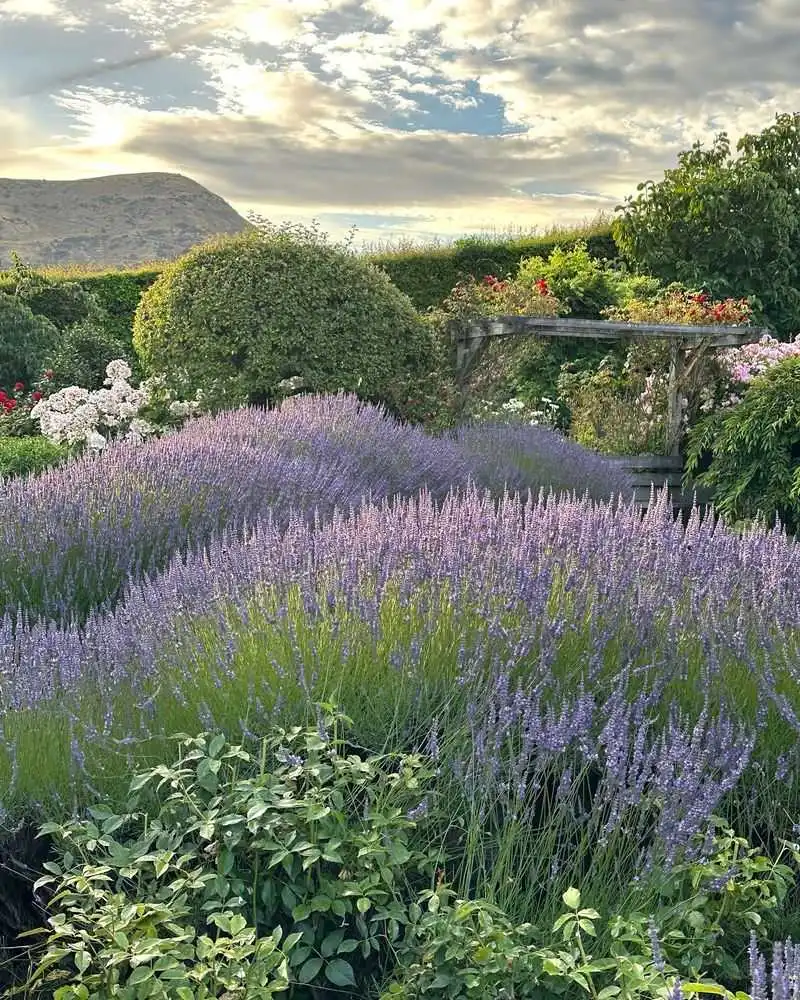
Lavender captivates with its soothing fragrance and therapeutic qualities. Allowing lavender flowers to complete their cycle leads to woody stems that support pollinators like bees and butterflies.
These pollinators are crucial for a thriving garden ecosystem. Additionally, as lavender blooms age, they can be harvested for homemade sachets, offering calming scents throughout your home. The combination of practical uses and ecological benefits makes lavender an excellent candidate for minimal maintenance, bringing serenity and scent to any garden space.
Sunflowers
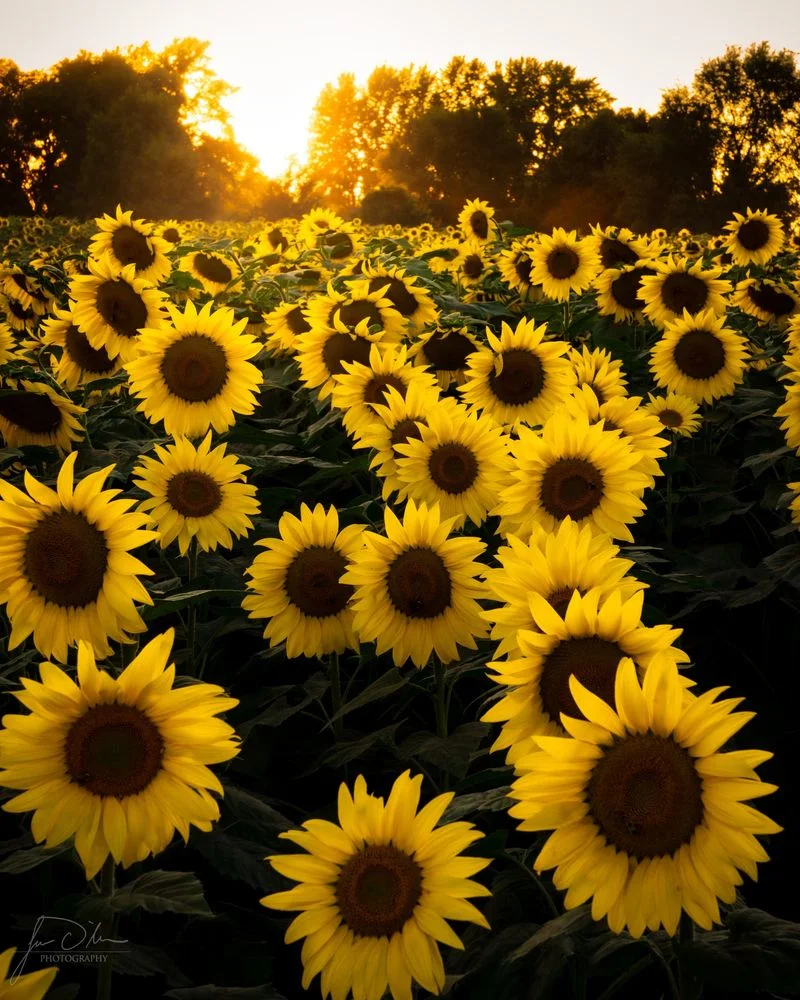
Sunflowers are synonymous with sunny dispositions and towering presence. While their cheery blooms are a summer highlight, leaving them uncut allows you to enjoy their seed heads, which are a favorite among birds like goldfinches.
These seeds provide essential nutrients to wildlife during colder months. Additionally, the towering stalks can serve as natural trellises for climbing plants. Sunflowers remind us of the interconnectedness of garden life, embodying both beauty and utility with their generous nature.
Rudbeckia
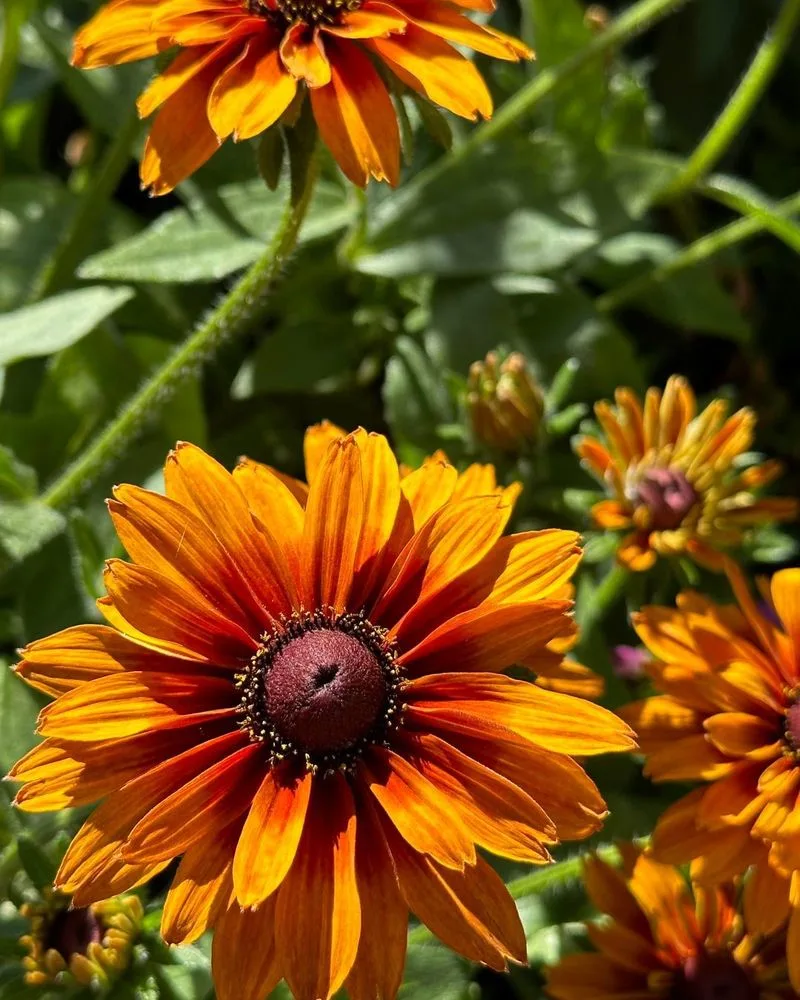
Rudbeckia, often known as black-eyed Susans, dazzle with their sunny hues and resilience. By allowing them to go to seed, you invite a myriad of bird species to feast, enriching your garden’s biodiversity.
These seed heads also add a striking silhouette against the winter landscape, creating visual interest when most flowers have faded. Rudbeckia’s ability to thrive with minimal care makes it a staple for gardens that celebrate both aesthetics and natural wildlife support.
Coreopsis
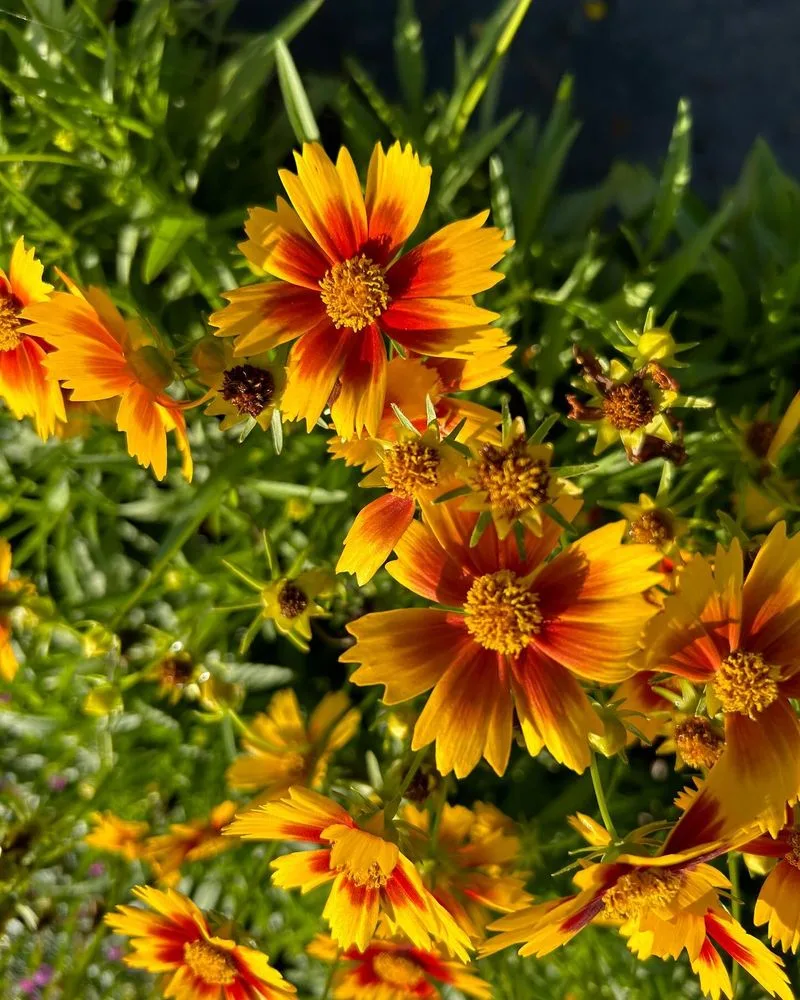
Coreopsis, with its cheerful yellow blooms, paints a picture of summertime joy. By not deadheading, you allow these flowers to produce seeds that attract birds and beneficial insects, vital for a balanced ecosystem.
Their prolonged bloom time ensures a burst of color through the growing season. Furthermore, the seed heads maintain their charm in winter, offering a textural contrast to the dormant landscape. Coreopsis exemplifies how embracing a flower’s full life cycle can enhance both beauty and biodiversity.
Milkweed
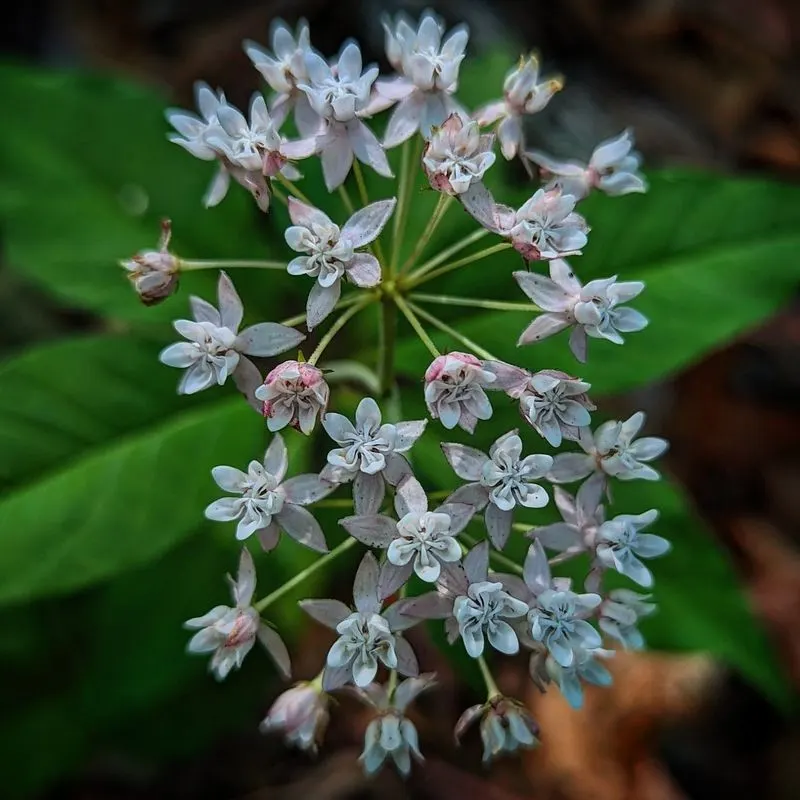
Milkweed holds a special place in gardens as a vital resource for monarch butterflies. By allowing flowers to transition to seed pods, you support these pollinators, essential for the environment’s health.
The distinctive pods, with their silky seeds, also add an intriguing visual element to your garden. As a host plant for monarch caterpillars, milkweed plays a significant role in sustaining butterfly populations. This plant is a testament to the powerful impact that thoughtful gardening can have on wildlife conservation.
Bee Balm
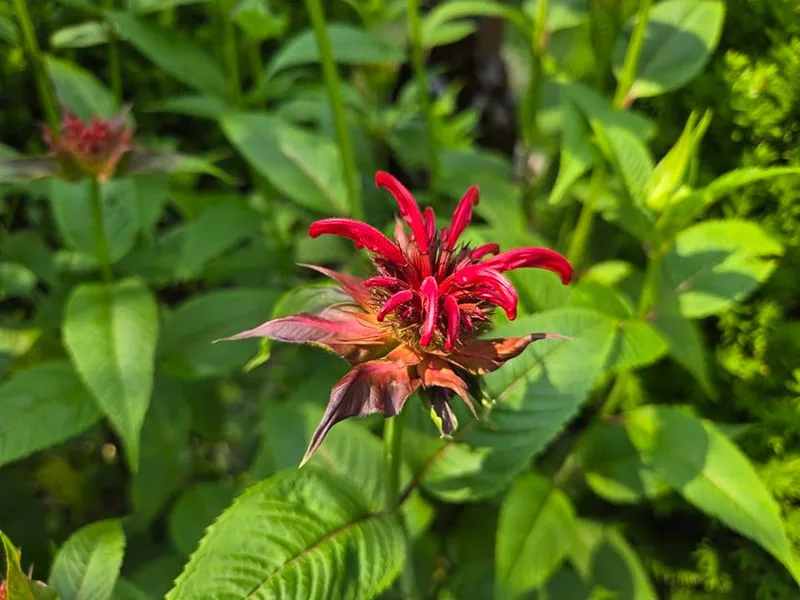
Bee Balm, with its striking appearance and aromatic scent, is a magnet for pollinators. Allowing it to go to seed provides nourishment for birds, enhancing your garden’s ecosystem.
The dried seed heads offer winter interest with their unique structure. Known for its herbal properties, bee balm can also be harvested for teas and natural remedies. Its multifaceted benefits make it a valuable addition to gardens, promoting both ecological health and personal well-being.
Japanese Anemone
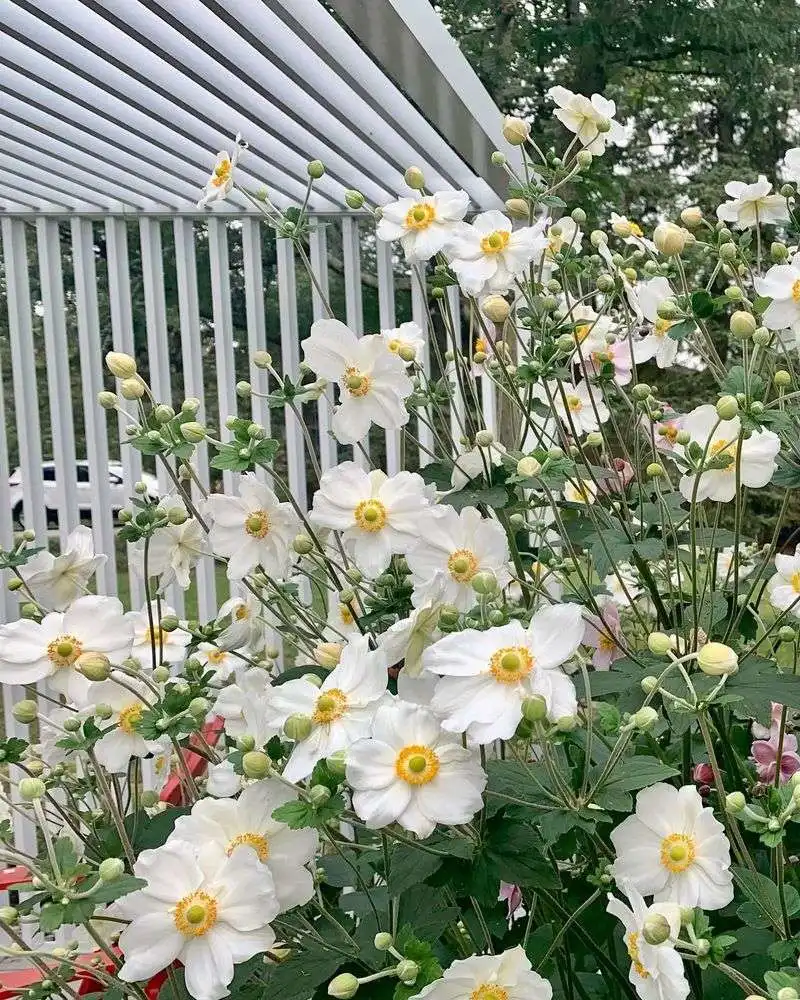
Japanese Anemone adds a touch of elegance with its delicate blooms and graceful demeanor. When left to form seed heads, these flowers contribute to garden dynamics by offering subtle beauty that persists into autumn.
Their intriguing seed heads capture light frost, creating enchanting displays in colder months. This perennial thrives in shaded areas, providing late-season color when most flowers have retired. Japanese Anemone is a testament to the understated elegance that comes with patience and natural growth.
Asters
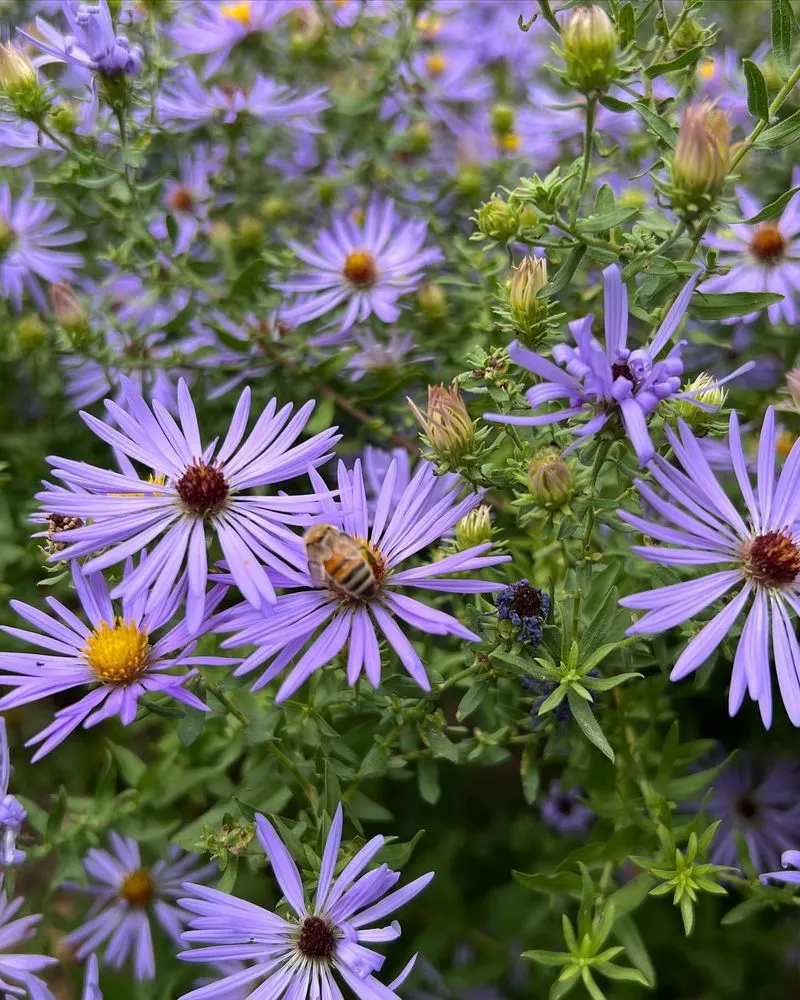
Asters, with their daisy-like appearance, extend the flowering season into fall. By not deadheading, you preserve their seed heads, attracting a range of birds to your garden.
These flowers support a diverse array of pollinators, including bees and butterflies, vital for maintaining ecological balance. Furthermore, the seed heads provide texture and interest through the winter months. Asters embody the autumn spirit, offering both visual appeal and ecological contributions as the garden transitions seasons.

